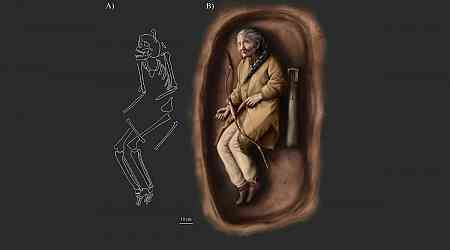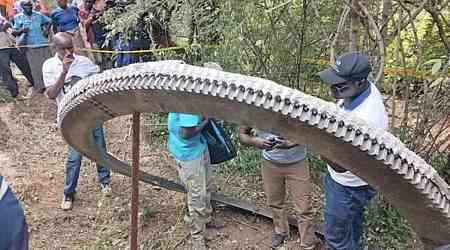The flight dynamics of birds have inspired researchers to explore innovative enhancements for aeroplane wings. Featherlike flaps, designed to resemble the covert feathers seen on bird wings, have demonstrated the potential to improve lift, reduce drag, and prevent stalls. These advancements, inspired by avian flight mechanisms, aim to enhance the efficiency and safety of aircraft, particularly during challenging manoeuvres such as landings or flights through turbulent conditions. The findings suggest promising applications for both commercial and specialised aviation.
Findings from Recent Research
According to a study published in Proceedings of the National Academy of Sciences, lightweight flaps mimicking covert feathers were tested on model airplane wings in a wind tunnel. It was observed that these flaps improved airflow around the wings, resulting in a significant increase in lift by up to 45 percent and a reduction in drag by 31 percent.
Unlike conventional wing flaps operated manually by pilots, these bird-inspired components automatically adjust when the wings encounter a high angle of attack, a situation often associated with sudden loss of lift.
Insights from Experts
Aimy Wissa, an engineer at Princeton University, told Science News Explores that the design of these flaps does not rely on mechanical controls but rather responds naturally to aerodynamic conditions. Multiple rows of flaps positioned across the wing, not limited to its front or rear, contributed to enhanced lift by maintaining a steady airflow and blocking high-pressure air from disrupting lift production at critical points.
Applications for Aircraft Stability
Testing on remote-controlled aircraft revealed improved flight stability, particularly under gusty weather or during operations on short runways. Researchers have highlighted the potential of this design to address challenges in aviation, where precise control and efficiency are critical as per the publication.
By adapting concepts from bird flight, engineers aim to develop planes capable of smoother, more reliable performance in demanding scenarios. These developments underscore the potential for bio-inspired innovations in advancing aviation technology.
































